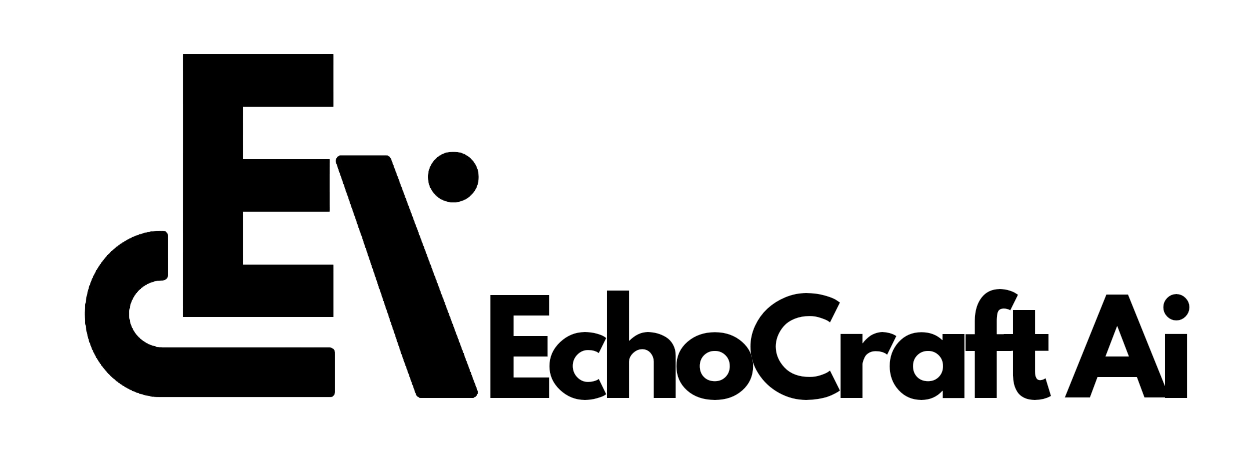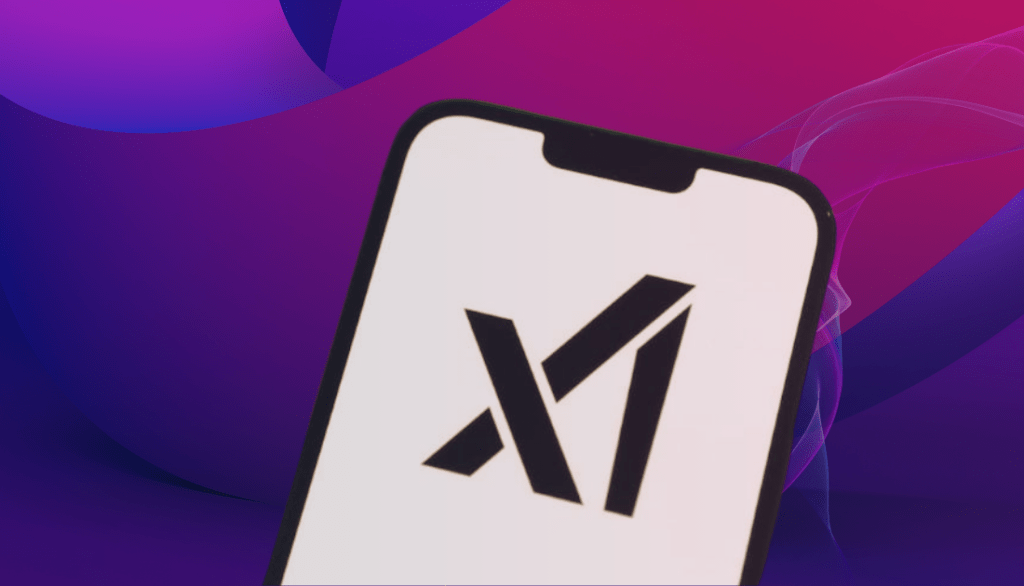xAI releases its latest AI models, Grok-2 and Grok-2 Mini. The models were launched on Tuesday, generating buzz among the tech industry. The announcement highlights significant advancements in LLMs that aim to push the boundaries of AI capabilities.
The launch was announced via a blog post by xAI, where the company expressed excitement about the progress from its previous model, Grok-1.5. According to xAI, Grok-2 is designed to offer cutting-edge features in chat, coding, and reasoning.
The company emphasized that Grok-2 represents a “significant step forward” from its predecessor, showcasing more intuitive, steerable, and versatile characteristics.
The release of Grok-2 Mini, a smaller yet capable version of Grok-2, also suggests xAI’s aim to cater to users who prioritize speed and precision in AI-generated responses.
Both models are now accessible through the Grok chatbot, but there’s a catch—they are currently only available to Premium and Premium+ subscribers on X, the platform formerly known as Twitter. Users interested in exploring the new models will need to ensure their app is updated to the latest version.
One of the more intriguing aspects of the Grok-2 release is its image generation capabilities. This feature is being powered by a third-party AI model, Flux.1, developed by Black Forest Labs.
The integration of image generation into a language model like Grok-2 reflects the growing trend of combining different AI modalities to create more comprehensive tools. However, this addition is not without controversy. Reports indicate that the Flux.1 model lacks robust safety guardrails, raising concerns about the potential for misuse.
Early examples of generated images have already surfaced online, depicting recognizable political figures like Donald Trump and Barack Obama in compromising scenarios, such as engaging in illegal activities.
The absence of restrictions on the kinds of images that can be generated has sparked discussions about the ethical implications of such technology, particularly in the context of misinformation and the upcoming U.S. elections.
Adding to the complexity is the fact that these AI-generated images do not appear to carry any disclosure labels to indicate that they are not real. This lack of transparency could exacerbate the spread of false information, a concern that has plagued social media platforms for years.
Despite these issues, xAI has remained silent on whether it plans to implement any form of content moderation or restrictions on image generation. The company’s reluctance to engage with media inquiries since Musk’s acquisition of X has only added to the uncertainty surrounding these developments.
The performance of Grok-2 has already been put to the test on the Large Model Systems Organization (LMSYS) leaderboard, where it was tested under the alias “sus-column-r.”
According to xAI, Grok-2 outperformed other leading models, including Claude 2.5 Sonnet and GPT-4 Turbo, in several benchmark categories. The LMSYS leaderboard also confirmed Grok-2’s high performance, particularly in coding, mathematics, and hard prompts, where it ranked second and fourth, respectively.
These early results suggest that Grok-2 could be a formidable competitor in the AI landscape, potentially challenging established models from companies like OpenAI and Anthropic.
However, the technical details of Grok-2 and Grok-2 Mini remain sparse. xAI has not disclosed information about the models’ architecture, the datasets they were trained on, or any specific innovations that differentiate them from other large language models. This lack of transparency may raise questions among AI researchers and developers who are keen to understand the inner workings of these new models.
The beta release of Grok-2 and Grok-2 Mini is part of a broader strategy by xAI to carve out a niche in the competitive AI market. By offering advanced features like chat, coding, and image generation, xAI is positioning itself as a leader in the development of multi-modal AI systems.
The company has also hinted that both models will be available through an enterprise API later this month, which could attract businesses looking to integrate AI into their operations.
As the AI arms race continues, the release of Grok-2 and Grok-2 Mini could have far-reaching implications for the industry. With Elon Musk at the helm, xAI is likely to continue pushing the envelope in AI development, even as it navigates the ethical and technical challenges that come with it.
The coming months will be critical in determining how these new models are received by the public, and whether xAI can address the concerns that have already begun to emerge.
For now, the focus will be on how these models perform in real-world applications and whether xAI can maintain the momentum it has generated with this release.


